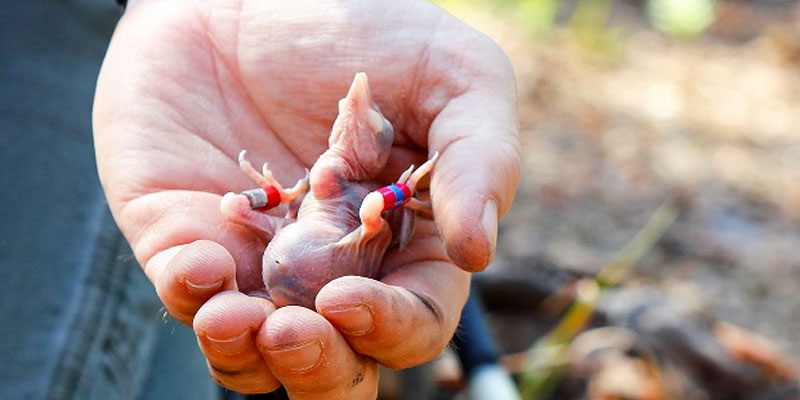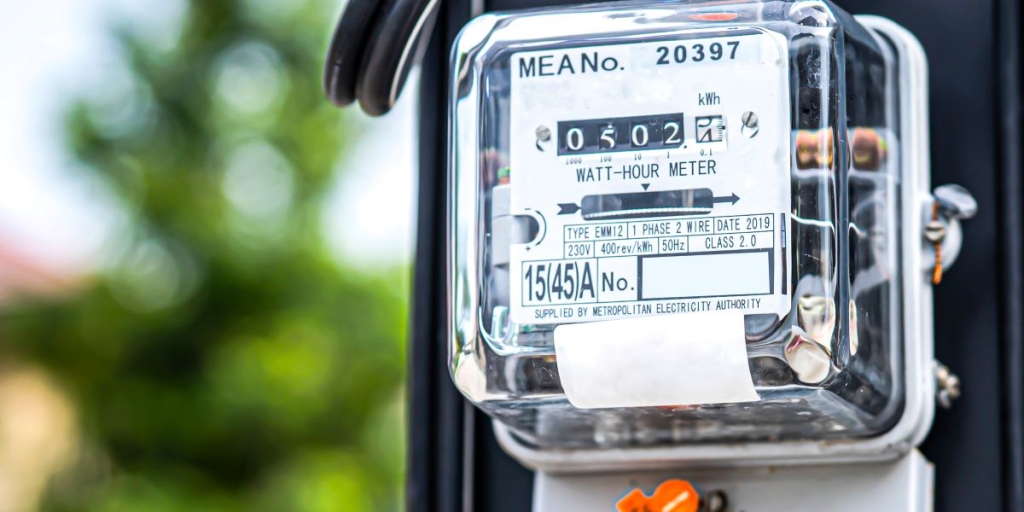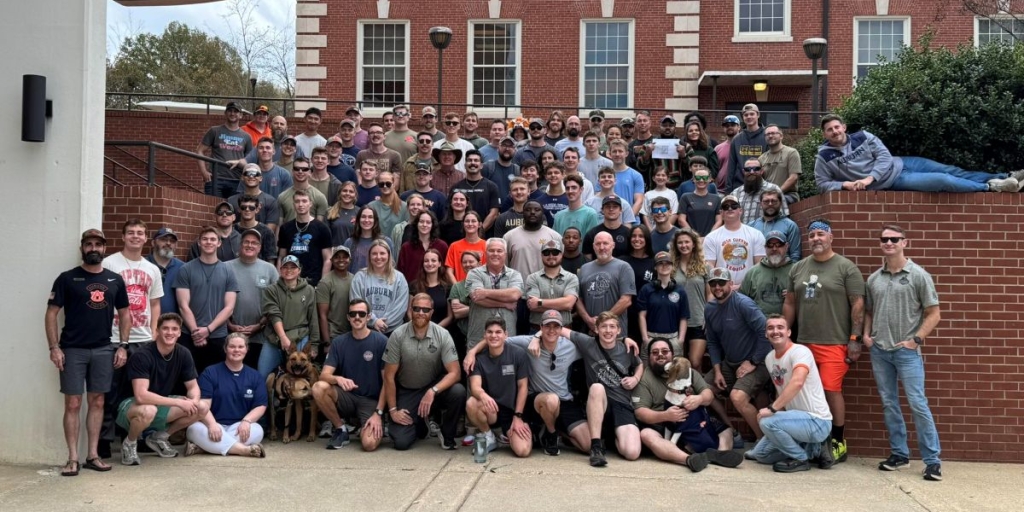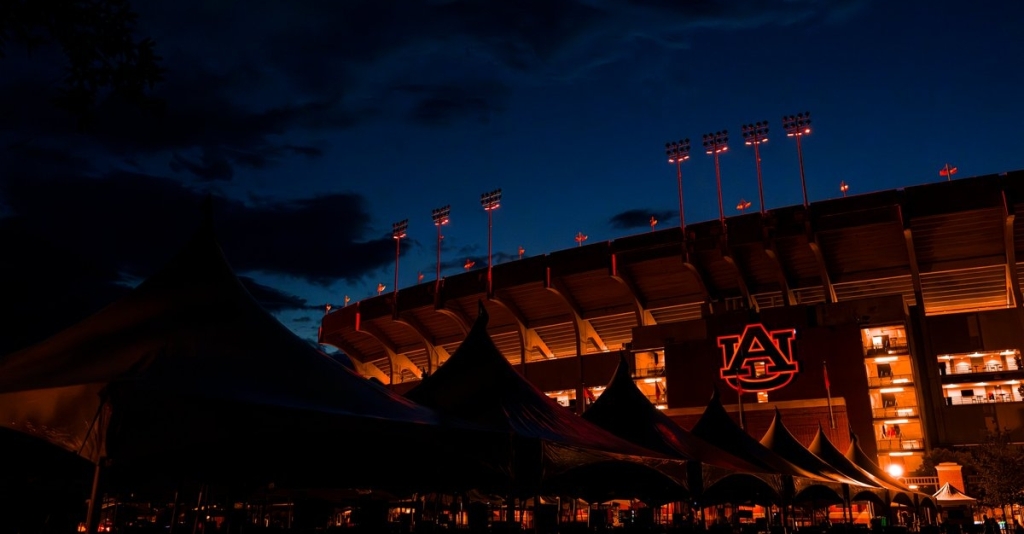On the banks of the Coosa River, a federally endangered woodpecker continues to hold its own, with a little help from friends.
For more than 30 years, Alabama Power Company biologists have worked to protect and expand red-cockaded woodpecker (RCW) populations on Lake Mitchell, which contains the largest population of RCWs on private property in the state.
The aptly-named woodpecker measures about 7 inches tall and is black and white except for the red streak males have along the side of their heads.
Each spring, Alabama Power partners with federal and state agencies to identify and track the bird through banding. In early May, biologists with the U.S. Fish and Wildlife or the Alabama Department of Conservation and Natural Resources will scale pine trees up to 30 feet to check on that year’s offspring.
The baby birds, just 6 to 9 days old, will be given a unique band of colored rings along their tiny legs.
“Their eyes are shut, and they are still pretty much featherless, but the size is about right where you can put bands on them,” said Eric Soehren, an ecologist with the Alabama Department of Conservation and Natural Resources. “If you wait too long – you can go 10 or possibly 11 days – but by then their eyes have opened up, and it’s a lot harder to pull them out. There is a small window of time in which you want to target.”
The bands will allow scientists to track the birds over their lifetime. Some birds from Lake Mitchell have turned up more than 100 miles away.
The first survey of red-cockaded woodpeckers was conducted in 1985. After last year’s nesting season, 11 active clusters produced a total of 17 fledglings – nine males and eight females. That’s in addition to 31 adult birds, bringing the total population of RCWs in 2017 to 48.
In addition to tracking, Alabama Power assists the woodpecker by providing habitat for the species.
While most woodpeckers carve openings in dead trees, RCWs bore holes exclusively in mature, living pine trees. To give the birds more nesting habitat, Alabama Power carves openings in trees using chainsaws.
“At the end of the next season, we will look at the number of birds there and compare that to the number of tree cavities at each cluster. If the number of birds exceeds the number of cavities, then we will hire consultants to go out and install artificial cavities for the birds,” said Chad Fitch, a biologist with Alabama Power. “That way, all the birds will have a place to live.”
Alabama Power also helps keep the longleaf pine forests that woodpeckers depend on healthy with regular prescribed burning and tree thinning.
“The habitat for red-cockaded woodpeckers really would not exist without thinning and prescribed burning at Lake Mitchell,” Fitch said. “We have prescribed burning at each cluster every other year or as needed to maintain an open, park-like area for RCW habitat.”
About the red-cockaded woodpecker
The red-cockaded woodpecker primarily feeds on ants, beetles, cockroaches, caterpillars, wood-boring insects, spiders and, occasionally, fruits or berries.
RCWs are a cooperative breeding species, which means some of the male birds from previous years will help take care of their half-siblings and future generations.
The nesting season runs from April to June and breeding females typically lay three to four eggs each season. Group members incubate eggs for 10 to 11 days. Once hatched, nestlings remain in the tree cavity for 26 to 28 days.
Upon fledging, the young often remain with the parents, forming clusters with three to four members. Groups can grow to as large as 10 birds; however, there is only one breeding pair within each cluster.
The “helpers” are all male as juvenile females generally leave the cluster before the next breeding season in search of solitary male groups.
The main predator of RCW nests is rat snakes. To combat these predators, the birds keep sap flowing from the pine trees as a defense mechanism.
The red-cockaded woodpecker plays a vital role in Southern pine forests. Several other animals, such as nuthatches, bluebirds, bees, wasps and other woodpeckers, use cavities excavated by RCWs.
(Courtesy of Alabama News Center)













